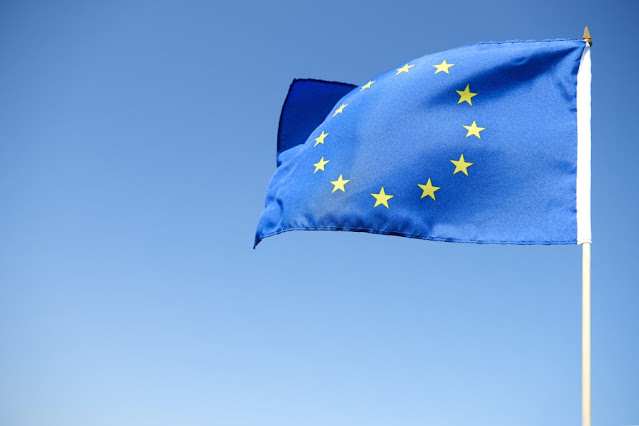What the EU’s Omnibus Proposal Tells Us About the Future of ESG Compliance
The European Commission’s recent Omnibus Proposal, introduced in October 2023, aims to cut through the noise and bring much-needed clarity to the EU’s sustainability reporting landscape. By aligning rules across multiple legislations, the proposal marks a significant step toward a streamlined, more coherent ESG reporting environment for businesses operating in or trading with the EU.
Why the Proposal Was Needed
Over the past few years, EU businesses have faced a growing web of overlapping ESG-related regulations — from the Corporate Sustainability Reporting Directive (CSRD) to the Sustainable Finance Disclosure Regulation (SFDR) and the EU Taxonomy. While each of these frameworks serves a specific purpose, inconsistencies in definitions, reporting timelines, and data expectations have made compliance burdensome, particularly for small and mid-sized firms.
The Omnibus Proposal is a response to these challenges. Rather than introducing entirely new rules, it seeks to:
Clarify existing obligations
Harmonize disclosure requirements across directives
Reduce redundant or excessive reporting
Key Provisions: What’s Changing?
Some of the most notable updates proposed include:
Streamlined Definitions: Terms like “sustainable investment” and “adverse impact” are now better aligned across the SFDR, CSRD, and Taxonomy, reducing ambiguity for companies and investors alike.
Improved Data Use: Companies will be allowed to use reasonable estimates or proxies for some sustainability data during initial phases — a practical solution for those still building robust ESG data infrastructure.
Consistency for Financial Institutions: Banks, insurers, and asset managers will now find it easier to meet their disclosure obligations under both the CSRD and SFDR, thanks to synchronized timelines and reporting logic.
Focus on Proportionality: Small and non-complex firms are granted more flexibility, ensuring that sustainability reporting remains feasible and doesn’t divert critical resources from core operations.
What This Means for Businesses
For companies covered by the CSRD or SFDR — or those in global supply chains feeding into EU markets — the proposal is both a relief and a signal. A relief, because it reduces the complexity of overlapping frameworks. A signal, because it emphasizes that integrated, transparent sustainability disclosures are here to stay.
Key takeaways for businesses:
ESG reporting needs to be operationalized, not outsourced — especially with harmonized disclosures becoming the norm.
Cross-functional collaboration between legal, sustainability, and finance teams is crucial for efficient reporting.
Early adoption of structured ESG data systems can reduce compliance costs and strengthen credibility.




Comments
Post a Comment